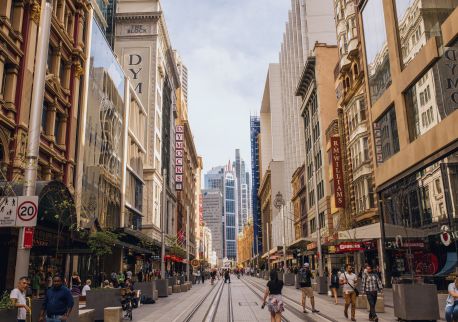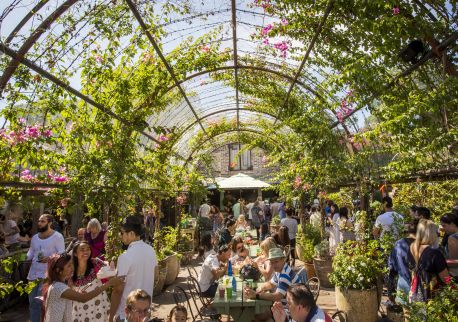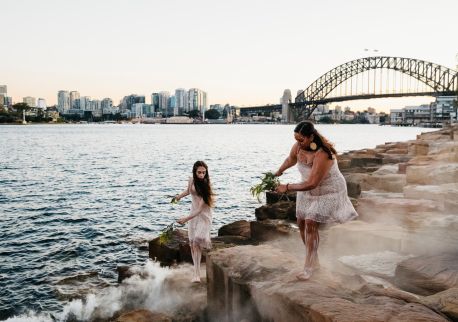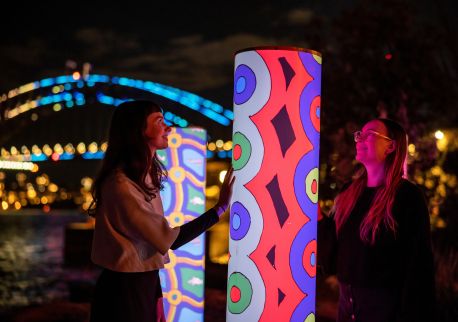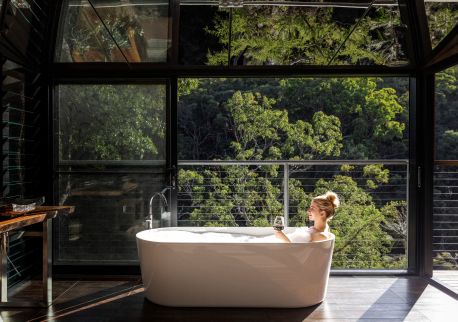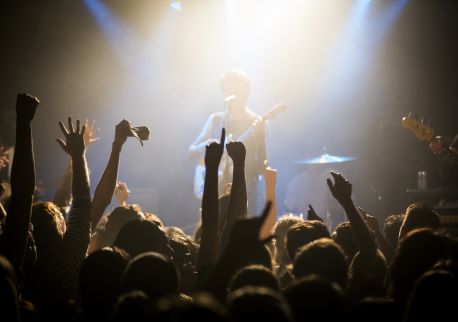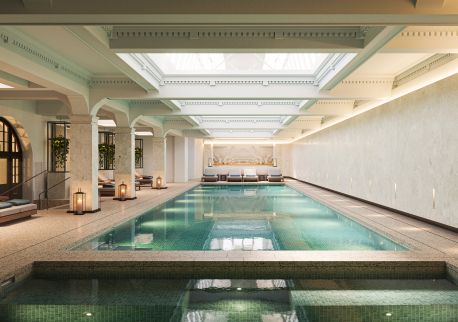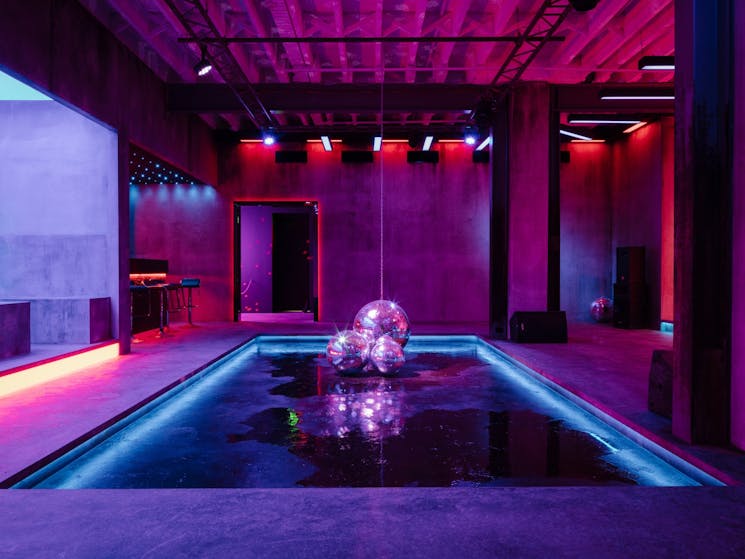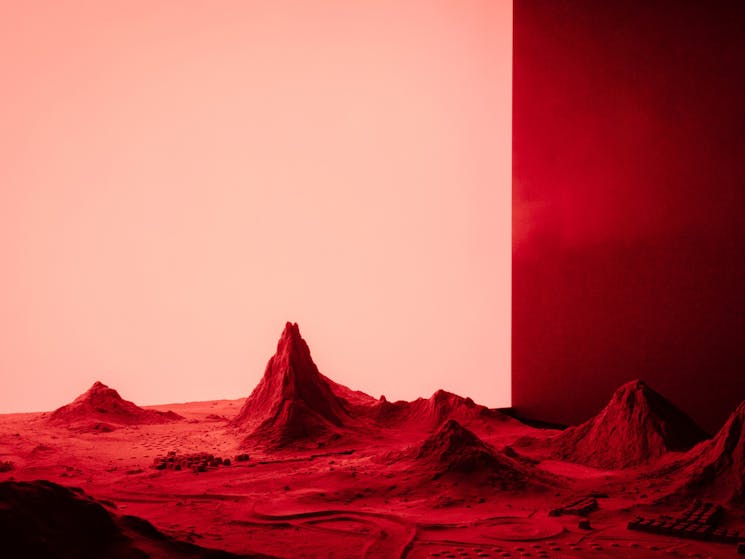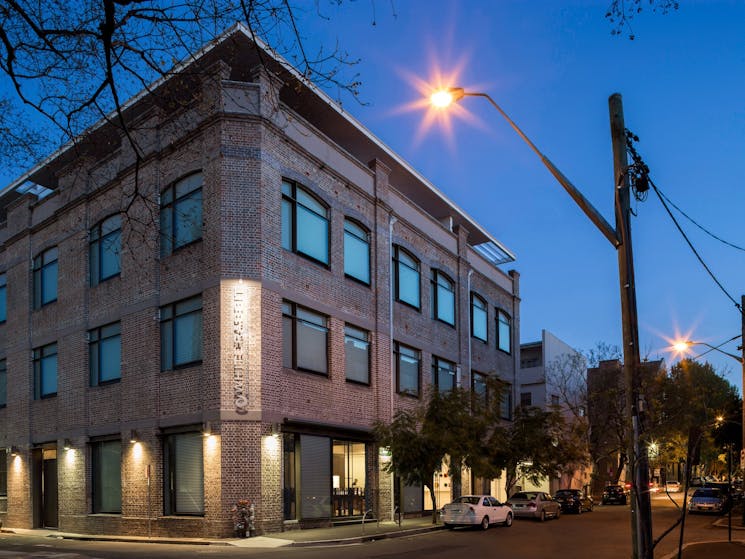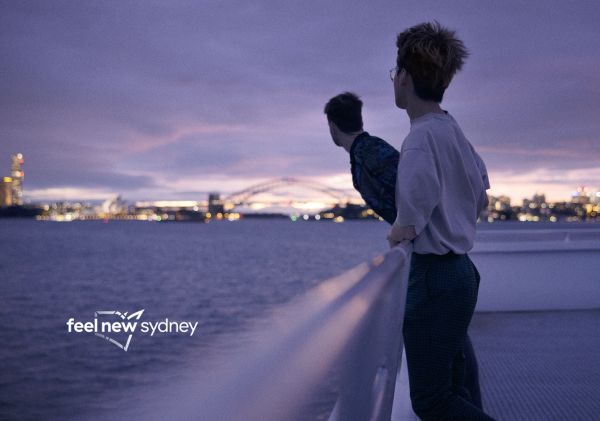White Rabbit Gallery
Overview
The White Rabbit Gallery was opened in 2009 to showcase what has become one of the world’s most significant collections of Chinese contemporary art.
Dedicated to works made in the 21st century, the White Rabbit Collection is owned by Judith Neilson, who was inspired to establish it after her first trips to Beijing in the late 1990s. She was thrilled by the creative energy and technical quality of the works she saw and wanted to share them with people outside China. She makes regular trips to China and Taiwan to augment the Collection, which now includes almost 3000 works by almost 750 artists and continues to expand.
The gallery building, a Rolls-Royce service depot in the 1940s, was completely refitted as an exhibition space by architect William Smart. Since the Gallery can house only a fraction of the collection at any one time, there are two new exhibitions a year, each involving a full rehang. For this reason, the Gallery closes during installations, usually in February and August.
The White Rabbit Gallery is a registered charitable institution funded solely by Judith Neilson. Admission is free.
Accessibility
Actively welcomes people with access needs.
Caters for people who are blind or have vision loss
Caters for people who are deaf or have hearing loss
Caters for people who use a wheelchair.
Have a step free main entrance to the building and/or reception area (includes ramps or slopes with a maximum gradient of 1:14, otherwise are too steep for wheelchairs)
Have a wheelchair accessible toilet / shower and change room
Have accessible seating areas in theatrette
Have handrails on all your stairways
Have lifts with enough space for people using a mobility aid to enter and turn around to use the lift buttons. Buttons are at accessible height.
Have raised tactile buttons in your lifts
Have step free access to restaurant, lounge and bar
Have visual alerts for emergencies (Include flashing light)
Provide information in audio format (includes an audio described map of your venue, audio descs of performances and/ or displays)
Provide portable ramps
Use easy read fonts in your signage and communication materials (Helvetica and Arial)
Welcomes and assists people who have challenges with learning, communication, understanding and behaviour. (includes people with autism, intellectual disability, Down syndrome, acquired brain injury (ABI), dyslexia and dementia)

